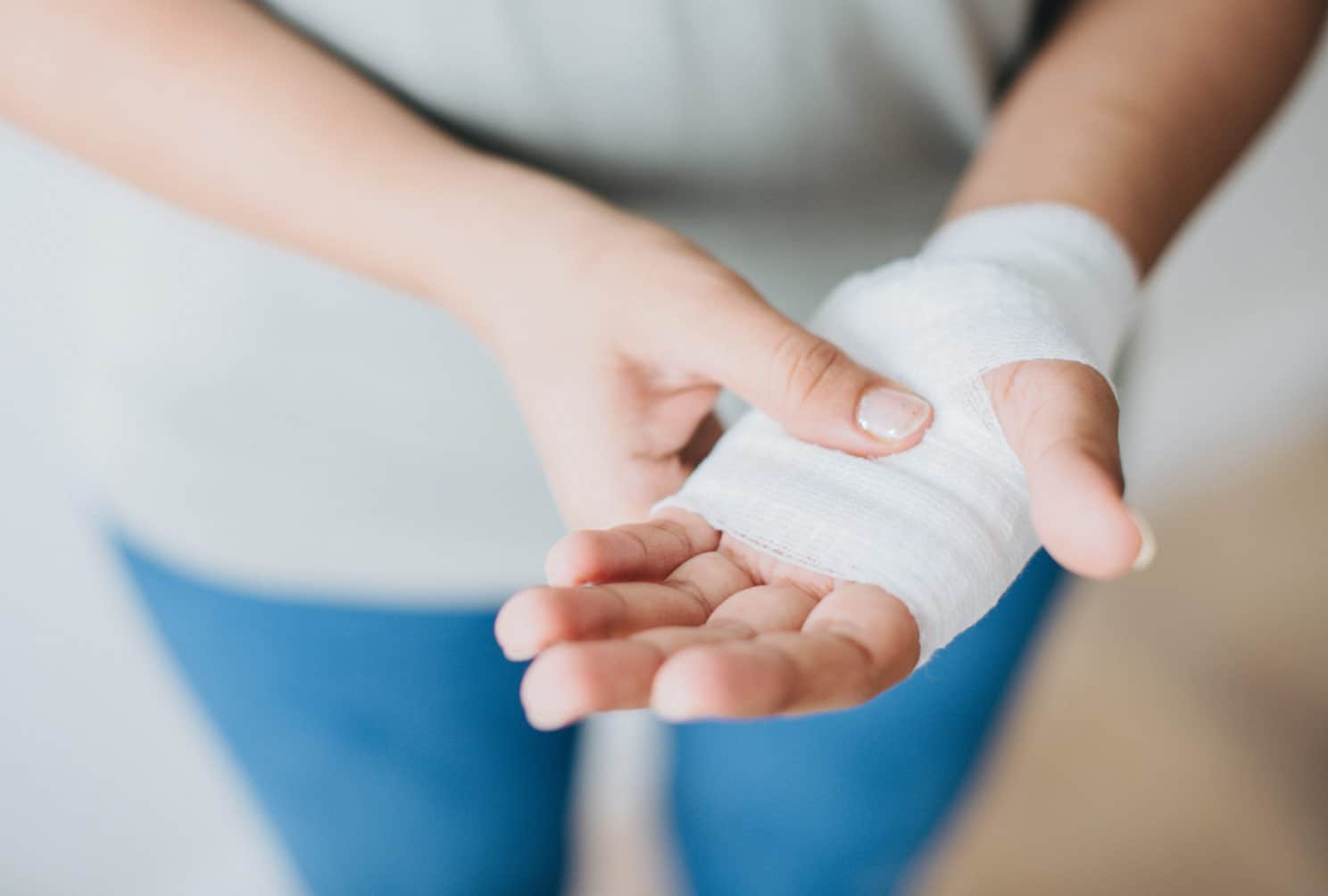More than one million burn injuries occur every year in the United States.
“Burns are complex, and at times, are serious injuries which take a knowledgeable provider to assess,” BSA Advanced Wound Care Center Medical Director, Cuatro Holland, DO said. “Numerous complications can occur if left untreated. If there are any concerns, professional help should be sought immediately.”
You should seek medical care if you have any of the following:
- A burn involving the face, hands or fingers, genitals or feet
- A burn on or near a joint (knee, shoulder, hip)
- A burn that encircles an extremity (arm, leg, foot, finger)
- If the burn is large (greater than 3 inches) or deep. If you have any doubt about whether the burn is large or deep, it is best to see a healthcare provider.
- If the burned person is younger than five or older than 70
- If there are signs of skin infection; such as increasing redness, pain, pus-like discharge or a temperature greater than 100.4ºF
Steps for Treating Minor Skin Burns
In most cases, minor burns can be treated at home. Home treatment of burns should include cleaning the area, immediately cooling it, preventing infection and managing pain.
Step 1: Clean the Area
Remove any clothing from the burned area. If clothing is stuck to the skin, seek emergency care immediately. Do not remove clothing that is stuck to the skin.
If you are able to remove clothing from the burned area, wash the burned skin gently with cool tap water and plain soap. It is not necessary to disinfect the skin with alcohol, iodine or other cleansers.
Step 2: Cool the Area
After cleaning the skin, you may apply a cold compress to the skin or soak the area in cool (not ice) water for a brief period to reduce pain. Avoid placing ice directly on the skin, as this can damage the skin further.
Step 3: Prevent Infection
To prevent infection in more severe burns, apply aloe vera, Aquaphor ointment or an antibiotic ointment, such as bacitracin. Do not apply other substances (e.g., mustard, egg whites, mayonnaise, lavender oil, emu oil, toothpaste) to skin burns. Keep burns clean by washing the burned area daily with soap (does not need to be antibacterial) and water.
Burns that form blisters should be covered with a clean bandage or dressing. A bandage that does not stick to the skin (labeled as “non-stick”) is preferred for the first layer of dressing. You should change the dressing once or twice per day, as needed.
Do not try to break open skin blisters with a needle or fingernail as this can increase the risk of skin infection. The blister will open and drain on its own.
Depending on the depth of your burn, you may need a tetanus booster shot if you have not received one within the last five years.
Step 4: Treat the Pain
Elevating burns on the hand or foot above the level of the heart can help to prevent swelling and pain. You may take non-prescription pain medication, such as acetaminophen (Tylenol) or ibuprofen (Advil, Motrin) if needed. If you suffer from itching at your burn site, contact your provider for advice on using antihistamines and lotions to relieve itching.
Follow-up care for burns can be managed at BSA Advanced Wound Care Center, Amarillo’s only wound care facility with three board-certified wound care specialists. BSA Advanced Wound Care Center provides patients with a complete treatment program for chronic, non-healing wounds, which may include a variety of therapies, debridement and education.
If you need follow-up care from a burn, call the BSA Advanced Wound Care Center at 806-212-4700.
Information provided in this article was sourced from https://www.uptodate.com/contents/skin-burns-beyond-the-basics.

